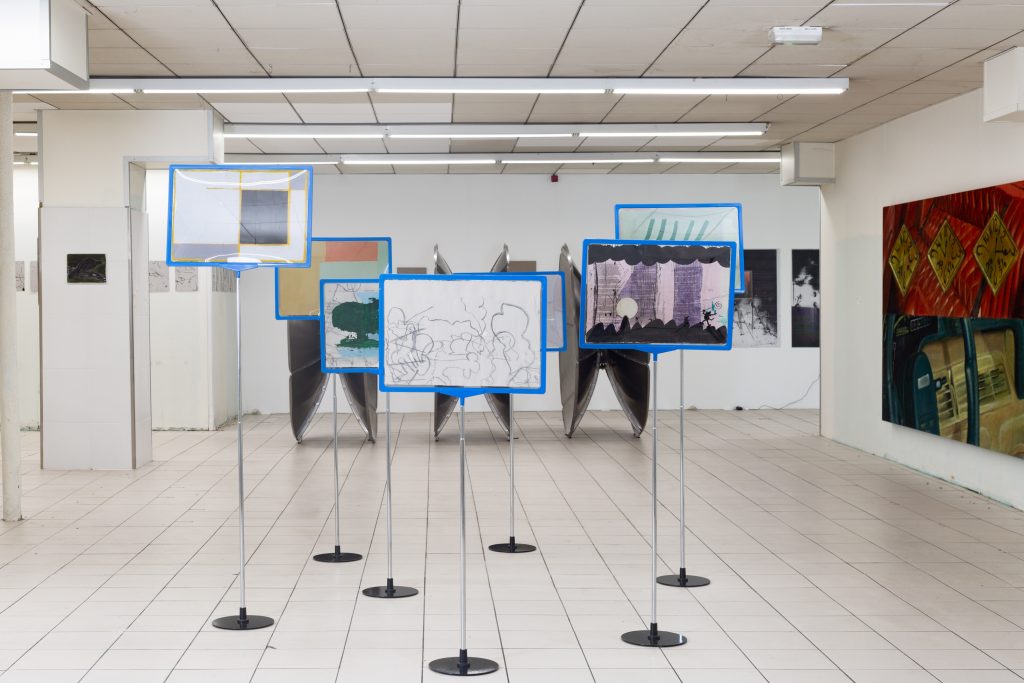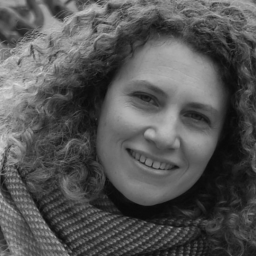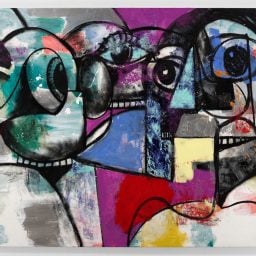Some liken art fairs to shopping malls, but Paris Internationale looks like a different kind of quotidian store. Cold white tile covers the floor and bright neon lights illuminate the walls. Emptied of grocery aisles, as though awaiting renovation, the venue for this edition of the alternative contemporary art fair, held through October 29 in central Paris, is a vacant supermarket.
Paris Internationale, an itinerant, non-profit fair founded in 2015, has always occupied out-of-the-box spaces. Aiming to fuel foreign galleries’ interest in the Paris art scene and support emerging artists, it has built a reputation for challenging the conventional art-fair model.
This year, lockdown forced that mission into overdrive. FIAC, which is normally the centerpiece of a week that brings the international art world to Paris, has been cancelled, leaving upstart events like Paris Internationale to hold down the fort.
The event still managed to pull in an international roster of exhibitors—26 participating galleries and three nonprofits representing 14 countries. But don’t expect to find individual booths—or dealers to man them. Barring a few local representatives, the gallerists stayed home. Thankfully, the artwork hasn’t.
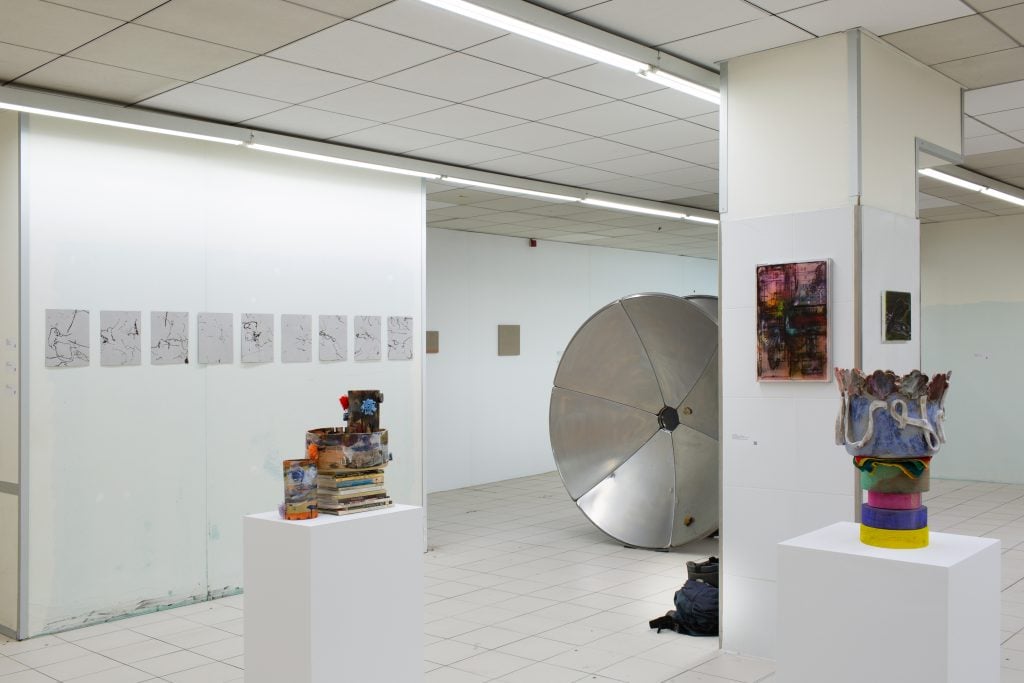
Installation view of “Supersalon,” courtesy Paris Internationale.
“We’ve changed everything this year, in line with the spirit of solidarity which drives our fair, so those who can be present will represent those who cannot,” co-director Clément Delépine told Artnet News.
A Quick Pivot
Amid rising virus cases in France, Paris Internationale’s organizers decided to pivot. They took on the role of stewards for artwork sent from dealers who could not make the trip to Paris due to travel and safety restrictions. The result is a fair-exhibition hybrid dubbed “Supersalon,” curated by art historian Claire Le Restif.
Galleries sent three pieces each; accompanying QR codes connect to an online viewing platform where additional works are also available.
Organizers slashed the cost to participate to a flat €1,700 ($2,016), a fraction of the typical €4,500-to-€7,000 fee. With 20 fewer exhibitors than last year, the fair is barely breaking even.
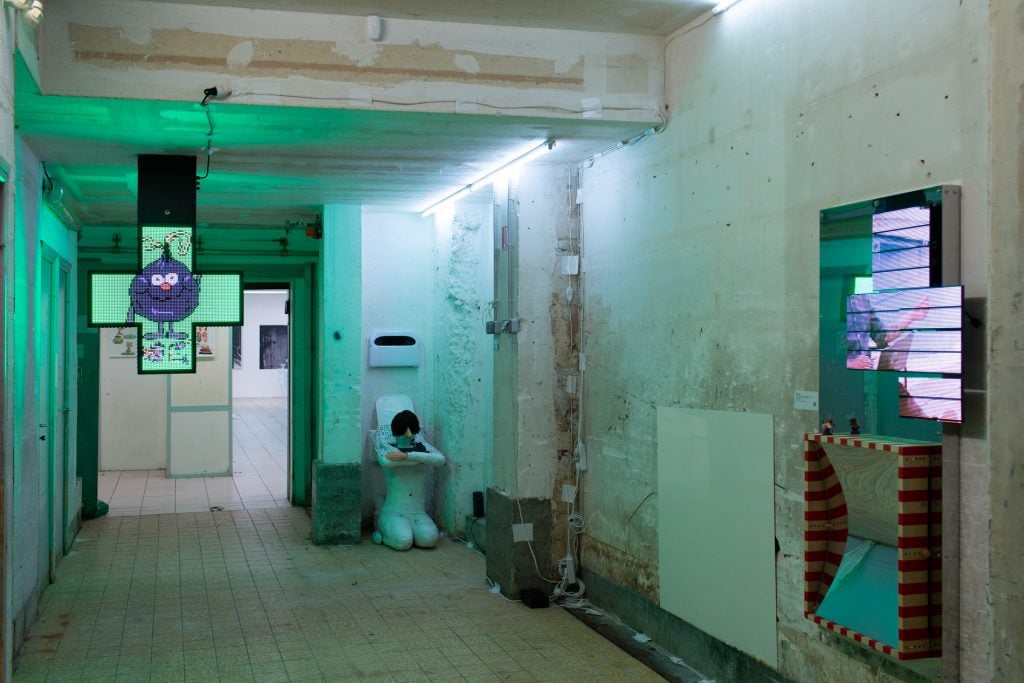
Installation view of “Supersalon,” courtesy Paris Internationale.
“This year, it couldn’t be expensive to participate,” Delépine said. “Financially it’s complicated, but at the same time we serve our exhibitors, so we didn’t have a choice.”
So far, the experiment has been well received. It “is appropriate to the times, where everyone is thinking about sustainability,” said Cornelia Grassi of Greengrassi in the UK, which is presenting captivating, double-sided mixed-media drawings and paintings on paper by Portuguese artist Ana Jotta. “This [format] acknowledges that we’re in the business of working with objects in space, not just on screen.”
Collaboration Station
A similar mood of solidarity has spread across the French capital in so-called FIAC Week (sans FIAC), also known as Paris Art Week. Local galleries are hosting foreign colleagues who would have otherwise shown at FIAC under a new initiative called “Hospitality.” More than 60 galleries across Paris are participating, most concentrated in the Marais district. The founders of the marais.guide mobile app helped coordinate.
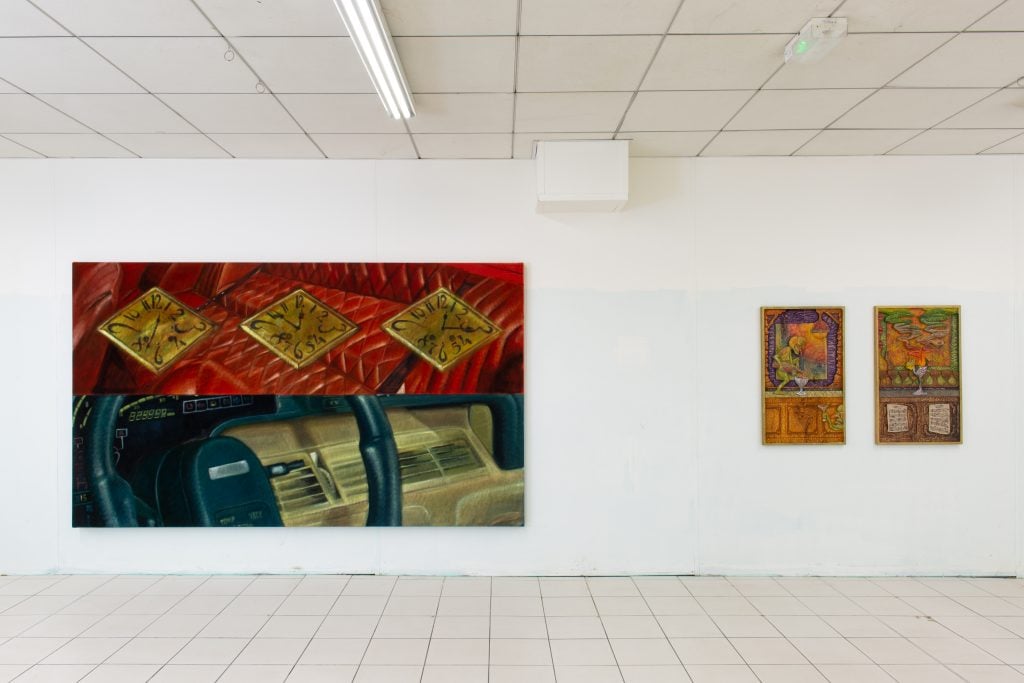
Installation view of “Supersalon,” courtesy Paris Internationale.
Unlike with Paris Internationale, many international dealers taking part in “Hospitality” made the trip to represent their artists in person. While Paris galleries have hosted colleagues in the past—and gallery sharing has been popular for years—nothing on this scale has been seen in the city before.
“We should not stay isolated and our community needs to gather around shared projects,” said galleries Jocelyn Wolff (hosting Barbara Wien, Berlin, and ProjecteSD, Barcelona) and Air de Paris (hosting LambdaLambdaLambda, Pristina, Brussels) in a joint statement. “It’s a way to keep positive.”
The two dealers have practice working collaboratively: they occupy KOMUNUMA, a shared gallery space in Romainville, northeast of Paris. (Galleries showing from out of town at KOMUNUMA will not have to pay any commission to the hosts; other hosts said they would work on consignment.)
Additional visitors to the city include Greene Naftali Gallery of New York at Chantal Crousel; 56 Henry of New York at Ceysson & Bénétière; Jacqueline Martins of Sao Paulo at gb agency; and Marfa’ Projects at In Situ – Fabienne Leclerc.
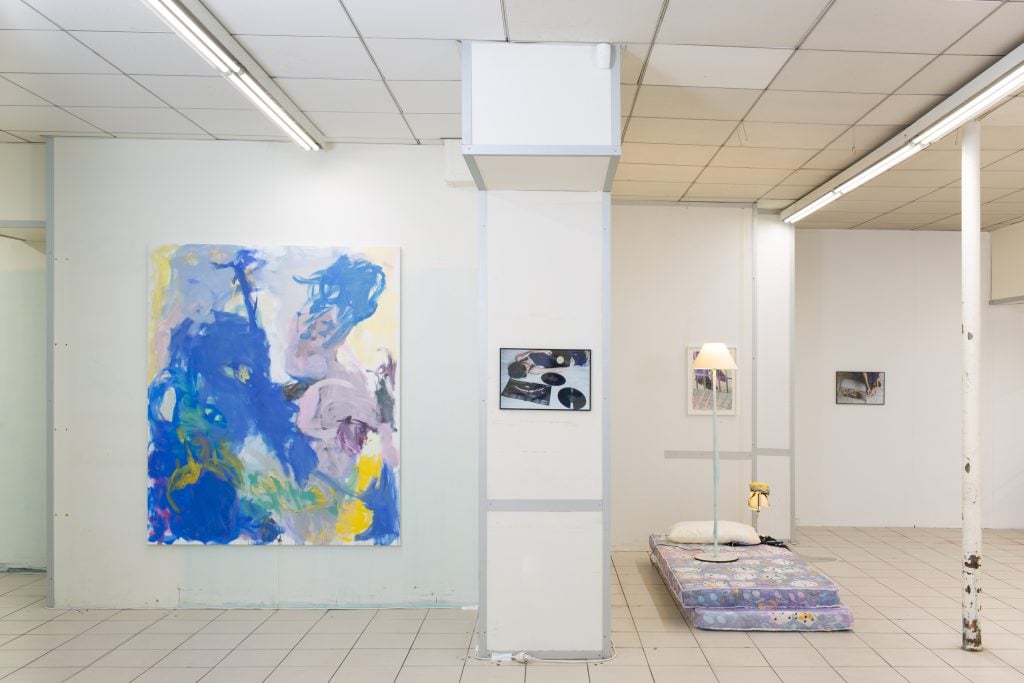
Installation view of “Supersalon,” courtesy Paris Internationale.
A Model for the Future?
Are these creative solutions signs of a new working model that will outlast the social-distancing era?
KOMONUMA said it would be open to hosting dealers again even after FIAC resumes, while Paris Internationale is also considering keeping the hybrid fair-exhibition model in place next year. “We like this format in a much more open space, conceived with a curatorial perspective, so that connections are made between the work,” Delépine said.
Even artists—not known for their love of art fairs—enjoyed Paris Internationale’s format. French artist Christine Rebet, represented by Bureau in New York, was delighted to see ink illustrations from her animated film, Breathe In, Breathe Out, facing freestanding works displayed on poles by Portuguese artist Ana Jotta.
Some dealers, meanwhile, felt it was nevertheless critical to speak about the art in person. “Just to be able to have that interface with people is so important, of course, given the circumstances, it was a great solution,” said Robbie Fitzpatrick, owner of Fitzpatrick Gallery of LA and Paris, which had planned on showing at FIAC. “I probably wouldn’t in the future feel so comfortable shipping work and letting it speak for itself.”
At Paris Internationale, Fitzpatrick represented Mathis Altmann, who explores the line between leisure and labor in his work. (One of his ironic neon signs reads “wewontwork” in the font of the embattled coworking space WeWork.)
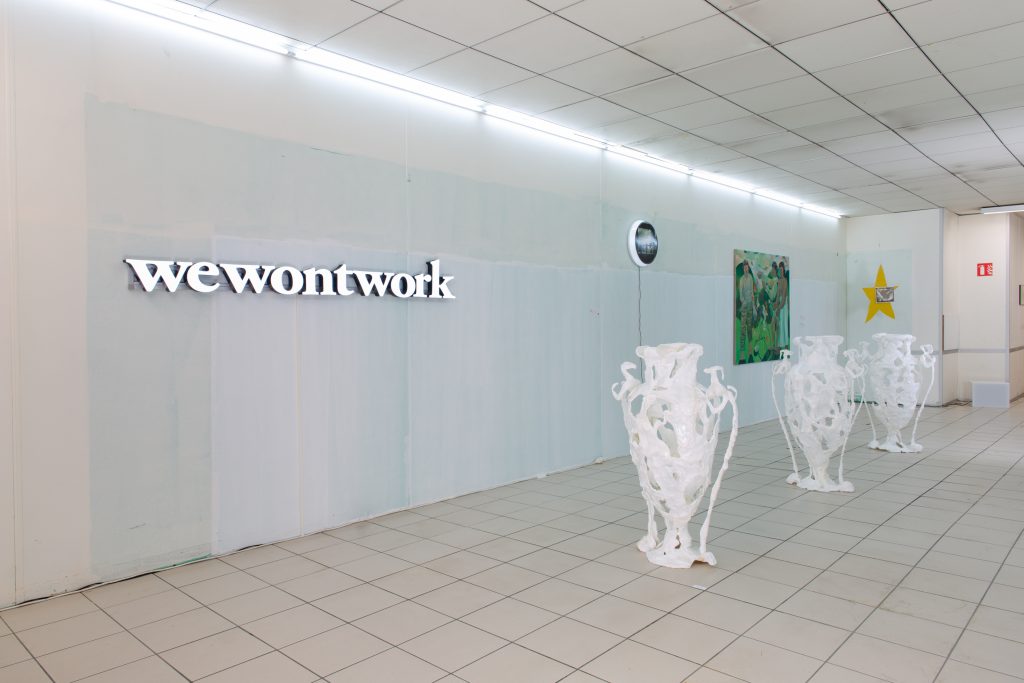
Installation view of “Supersalon,” courtesy Paris Internationale.
In the early days of the fair, Fitzpatrick sold three pieces by Mathis Altmann, who explores the line between leisure and labor, ranging from €8,000 to €15,000. (One of his ironic neon signs reads “wewontwork” in the font of the embattled coworking space WeWork.)
Other early sales included three sculptures by Hamish Pearch—quotidian objects metamorphosing as mushrooms sprout out of them—priced between €2,100 and €3,600 at Galerie Sans Titre (2016). Meanwhile, Wilfried Lentz of Rotterdam sold an €11,000 work by Patricia Kaersenhout, from her “Food for Thought” textile banner series celebrating feminist women of Caribbean descent, to a major institution.
For dealers like Bianca d’Alessandro of Copenhagen, the ability to present art in person was imperative. A new series of trompe l’oeil painting-sculptures by Steffen Jørgensen, she noted, would not fully translate online. (“My paintings,” the artist has said, “are lying about [their] own surface and content.”)
Sometimes, seeing the real thing is the only way to get the truth.
